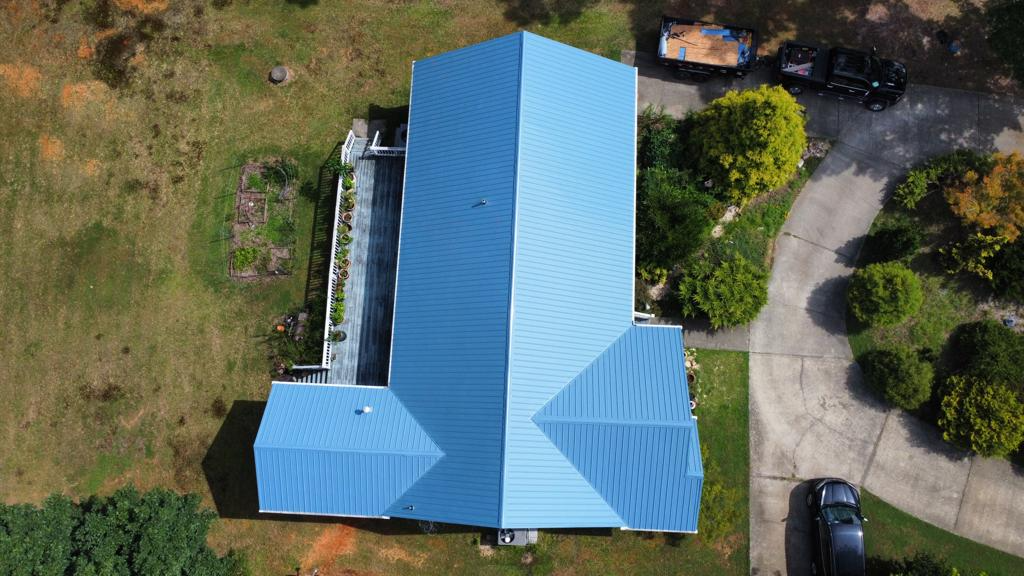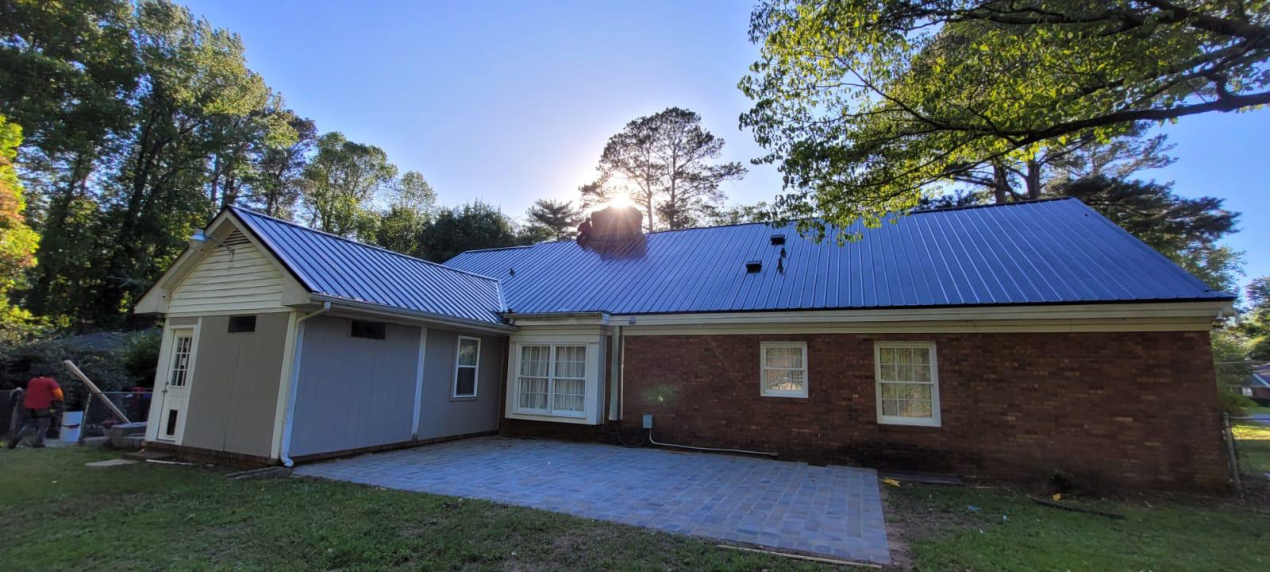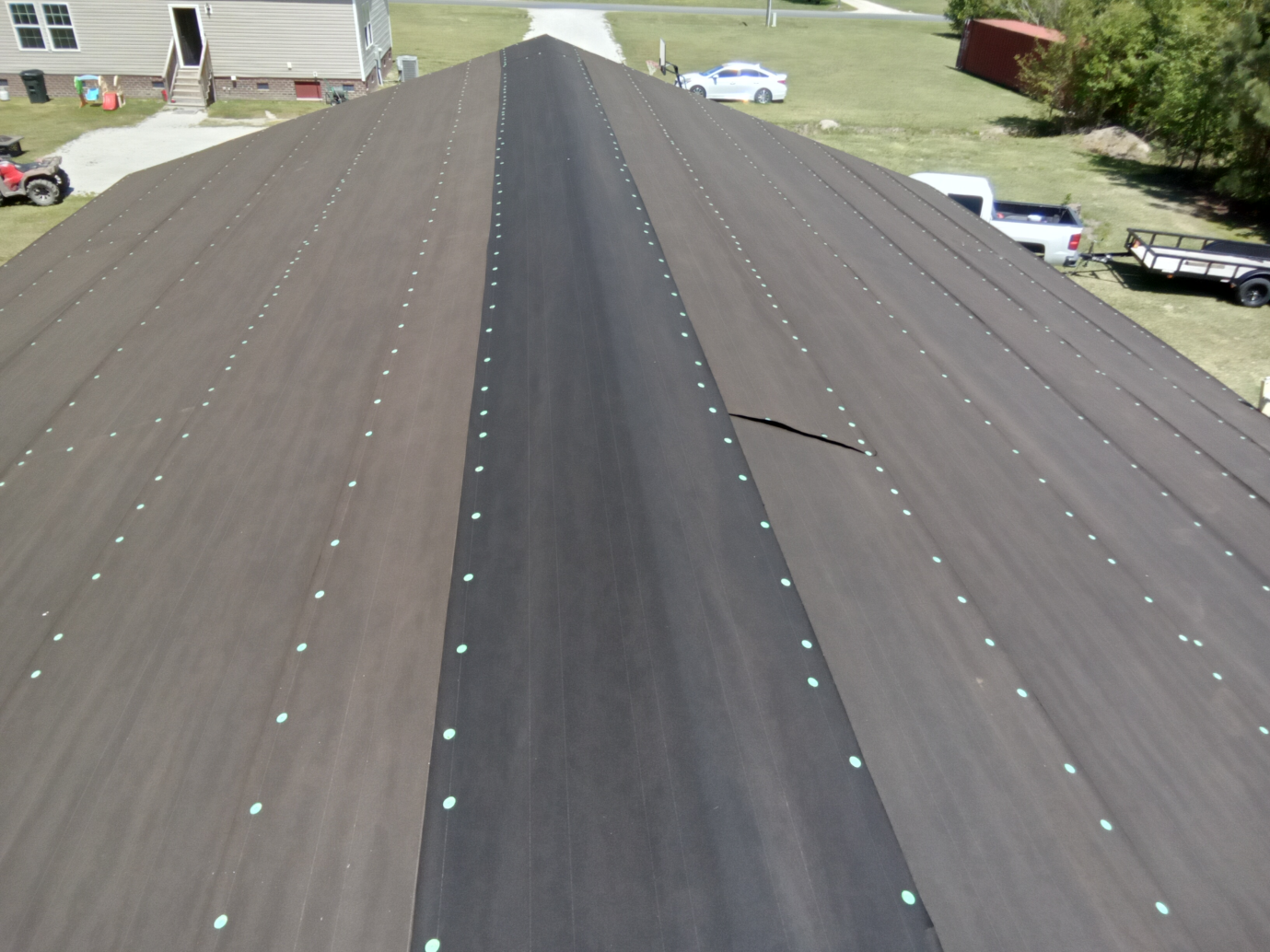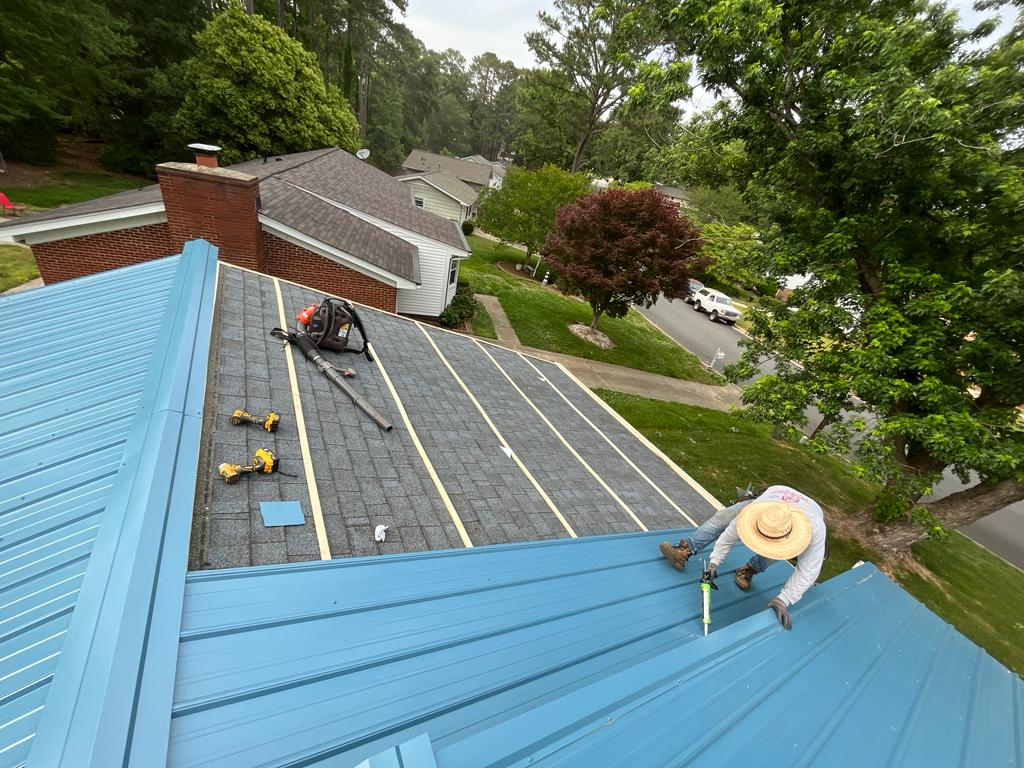Metal roofing is undergoing somewhat of a renaissance among today’s residential and commercial structures. It took a backseat to asphalt shingles for a few decades, long enough for the asphalt to crumble and for people to realize that it is not so durable a roofing option.
Instead of putting more asphalt on their roofs, home, business owners, and real estate investors are opting for metal panels, like those provided by James Kenton, a roofer who has stood by metal roofing for three decades and plans to do the same for as long as possible. Check out his blog to learn more about metal roofing.
Having said that, if you’re seriously considering installing a metal roof, you should also know more about proper roof underlayment requirements.
Today, we’ll discuss underlayment materials and how to select the right one for your roof.
What is Underlayment for Metal Roofing?
Roof underlayment is the membrane installed beneath the visible roofing material. In this case, the roofing material is metal panels, and the underlayment is placed beneath these panels.
It is a barrier against environmental elements, providing greater moisture protection to your inner walls. Apart from waterproofing, the material also plays the following roles.
- Thermal Insulation:It provides a degree of thermal insulation, helping regulate temperature and energy efficiency.
- Condensation Control:Underlayment prevents condensation from forming between the metal roofing and the roof deck.
- Sound Reduction:It can dampen the noise of rain or hail hitting the metal surface.
- Protects Roof Deck: Underlayment safeguards the roof deck from potential damage caused by moisture and the metal roof’s expansion and contraction.

The Best Underlayment Options for Metal Roofing
Several types of underlayment materials are available, each with its own advantages and disadvantages.
James Kenton recommends the following options for metal roofing.
· Synthetic Underlayment
Synthetic underlayment is a contemporary option usually sold like sheets. It is made by spinning or weaving lightweight, synthetic materials, such as polypropylene, polyester, or polyethylene, with a polymer until the two form an impenetrable underlayment.
Synthetic sheeting is quite durable—the most long-lasting underlayment material—because it uses thermoplastic polymers that don’t return to their original state under high temperatures. It is resistant to external damage and the contraction and expansion of metal panels.
The only downside of synthetic underlayment is its cost; it can set you back quite a bit and requires installing a proper ventilation system. However, its reliability and durability make it a decent investment rather than an unnecessary expense.
· Asphalt Felt Underlayment
If the synthetic underlayment is contemporary, its asphalt-felt counterpart is the opposite. It is the most traditional underlayment and has the most names out of any other option on this list.
Also known as tar paper or felt paper, asphalt felt is appealing because it’s cost-effective. However, its appeal among metal roofers has nothing to do with the price label and everything to do with its efficacy with steeper-sloped roofs.
While this underlayment can hold back the water, it cannot endure extremely high temperatures. It also tends to crumble over a period of time, not lasting as long as metal roofs and requiring a reapplication.
If you live where the temperature remains pleasant even in peak summer, you could go for tar paper.

· Self-Adhering Membrane
Self-adhering membrane underlayment involves a polyethylene carrier sheet mounted with rubberized asphalt or a butyl-based adhesive. As a peel-and-stick option, it requires no other material to adhere to the roof decking.
Performance-wise, a self-adhering membrane lies somewhere between tar paper and synthetic underlayment—it certainly has a better air barrier than the former.
Unfortunately, a peel-and-stick option doesn’t fare too well under low temperatures. There’s also the matter of its application. If you get it wrong the first time, it will eventually peel back, exposing your roof to moisture, air, and whatnot.
How to Choose the Right Underlayment for Metal Roofing
Now that you know the types of underlayment, let’s explore the factors to consider when choosing the right one for your metal roof.
· Weather Conditions
James Kenton recommends choosing an underlayment suitable for the weather and climate in your region.
For instance, areas with heavy rainfall, snow, high humidity levels, and other moisture-causing conditions demand more robust waterproofing properties from their underlayment. Thus, metal roofing in such regions would last longest with synthetic underlayment.
Ensure that the underlayment you choose is rated for your specific climate, as this will directly impact the longevity and performance of your metal roof.
· Roof Slope
The pitch or angle of your roof plays a significant role in underlayment selection.
As you’ve already read, self-adhering membranes are excellent with steeper roofs because their peel-and-stick nature ensures better grip and resistance against gravity and slippage. Interestingly enough, these membranes don’t do so well on flatter roofs.
Consult with your roofing professional, who may or may not be James Kenton, to determine the ideal underlayment for your roof’s pitch.

· Local Building Codes
Always adhere to local building codes and regulations when selecting underlayment. Some regions have specific requirements for roofing materials, including underlayment, to ensure safety and compliance with local standards. Ignoring these codes can result in legal problems down the road.
It could also mean getting the wrong underlayment for metal roofing, a problem that is as costly as it is cumbersome, not to mention time-consuming.
What James Kenton Wants You to Know
James Kenton believes choosing the right underlayment for your metal roofing installation is a critical decision that directly impacts the longevity and performance of your roof. He believes many other things proven through research and seen first-hand through trial and error over a career spanning three decades.
Follow the roofer on Facebook to catch up on his current and past endeavors.
